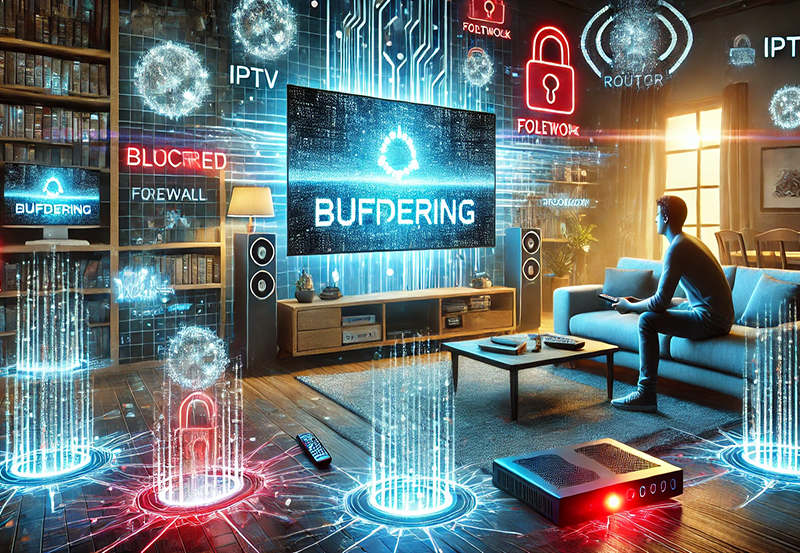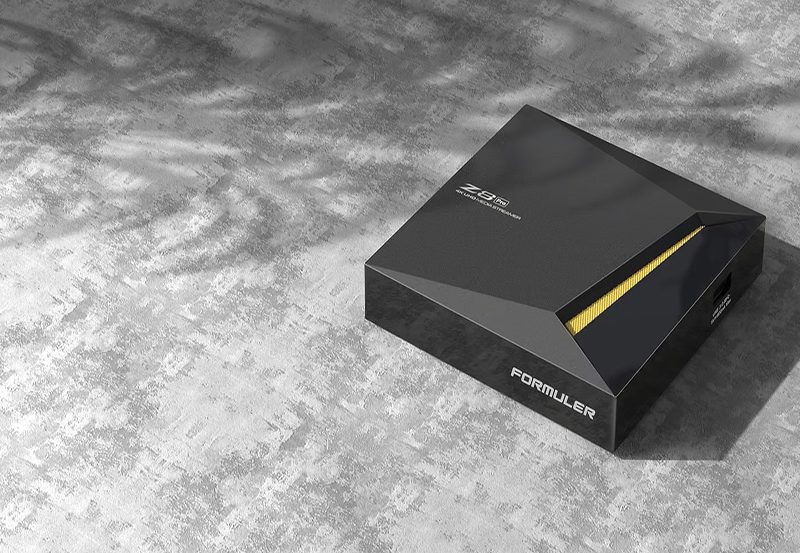Constant buffering can be one of the most frustrating issues while using IPTV, especially during live events or watching your favorite shows. Buffering occurs when the video stream cannot download fast enough to keep up with playback, leading to pauses and delays. One effective way to reduce buffering is through buffer size optimization. This guide will help you understand how buffer size works and provide step-by-step solutions to stop constant buffering on IPTV.
1. What is Buffer Size in IPTV?
Buffer size refers to the amount of video data pre-loaded before playback starts. When a stream is buffered, the IPTV app loads a portion of the video ahead of time, so it can continue playing smoothly even if there are temporary internet slowdowns. Optimizing buffer size can help reduce buffering by allowing more data to be pre-loaded.
2. How Buffer Size Affects Streaming
- Smaller Buffer: A smaller buffer size means that less data is pre-loaded. While this reduces the delay when starting a video, it increases the likelihood of buffering if your internet connection is unstable or slow.
- Larger Buffer: A larger buffer size pre-loads more data, which can reduce buffering during playback but might increase the time it takes for the video to start or resume after pausing.
3. Check Your Internet Speed
Before optimizing buffer size, ensure that your internet speed meets the basic requirements for IPTV streaming. If your speed is too low, no amount of buffer size adjustment will stop buffering.
- Solution: Run a speed test to verify your download speed:
- 5-10 Mbps for SD streaming.
- 15-25 Mbps for HD streaming.
- 50 Mbps or more for 4K streaming.
If your speed is below these levels, consider upgrading your internet plan or reducing the stream quality.
4. Adjust Buffer Size in IPTV App
Many IPTV apps offer settings to adjust the buffer size. Increasing the buffer size allows the app to load more data ahead of time, reducing buffering, especially during internet fluctuations.
- Solution:
- Go to the Settings menu of your IPTV app.
- Look for options like Buffer Size or Buffer Length.
- Increase the buffer size to allow more pre-loading of video data. If the app offers different buffer sizes (e.g., small, medium, large), choose medium or large for more stability.
5. Use an External Media Player
Some IPTV apps have built-in media players that may not handle buffering well. Switching to an external media player, such as VLC or MX Player, can provide better buffering management and smoother streaming.
- Solution:
- In your IPTV app settings, look for an option to select an external player.
- Choose a player like VLC or MX Player, both of which allow better control over buffer settings and provide smoother playback.
6. Clear Cache and Data
IPTV apps accumulate cache and data over time, which can slow down performance and lead to buffering. Clearing the cache can help the app function more efficiently, improving streaming performance.
- Solution:
- On Android devices, go to Settings > Apps > [Your IPTV App] > Storage and select Clear Cache.
- For other devices, uninstalling and reinstalling the app can also help clear cached data and refresh the app.
7. Reduce Streaming Quality
Streaming in high resolution, like 4K, requires more bandwidth. If your connection is unstable, reducing the video quality can help minimize buffering.
- Solution:
- In your IPTV app, lower the video resolution from 4K to 1080p or 720p.
- This will reduce the amount of data required for streaming and may significantly decrease buffering, especially on slower connections.
8. Optimize Router Settings
The performance of your home network plays a critical role in preventing buffering. Optimizing your router settings can help improve streaming stability.
- Solution:
- Use Quality of Service (QoS): If your router has a QoS feature, enable it to prioritize IPTV traffic. This ensures that the streaming device gets the required bandwidth, even when multiple devices are using the internet.
- Switch to a Less Crowded Wi-Fi Channel: Use a Wi-Fi analyzer to identify less congested channels and change your Wi-Fi channel in the router settings.
- Use a Wired Connection: Connect your IPTV device directly to the router using an Ethernet cable for a more stable and faster connection.
9. Disable VPN or Change VPN Server
If you’re using a VPN to access IPTV services, the VPN might be causing the buffering issue due to slow speeds or server congestion.
- Solution:
- Change VPN Server: Switch to a VPN server that is closer to your location to reduce latency and improve streaming speeds.
- Disable VPN: If your IPTV service does not require a VPN, try disabling it to see if performance improves.
10. Check IPTV Provider’s Server Status
Sometimes, buffering is caused by issues on the IPTV provider’s end, such as server overload or maintenance.
- Solution:
- Contact your IPTV provider to check if their servers are experiencing heavy traffic or outages.
- Some IPTV services offer backup servers or alternative streaming links. Switch to a different server if available.
Conclusion
Constant buffering can severely impact your IPTV experience, but optimizing the buffer size, along with making adjustments to your internet connection, router settings, and app configurations, can significantly reduce interruptions. If you’re still experiencing issues after following these steps, consider contacting your IPTV provider for further assistance or upgrading your internet plan for more stable streaming.
IPTV Black Screen Fixes: Diagnosing and Solving Display Problems





